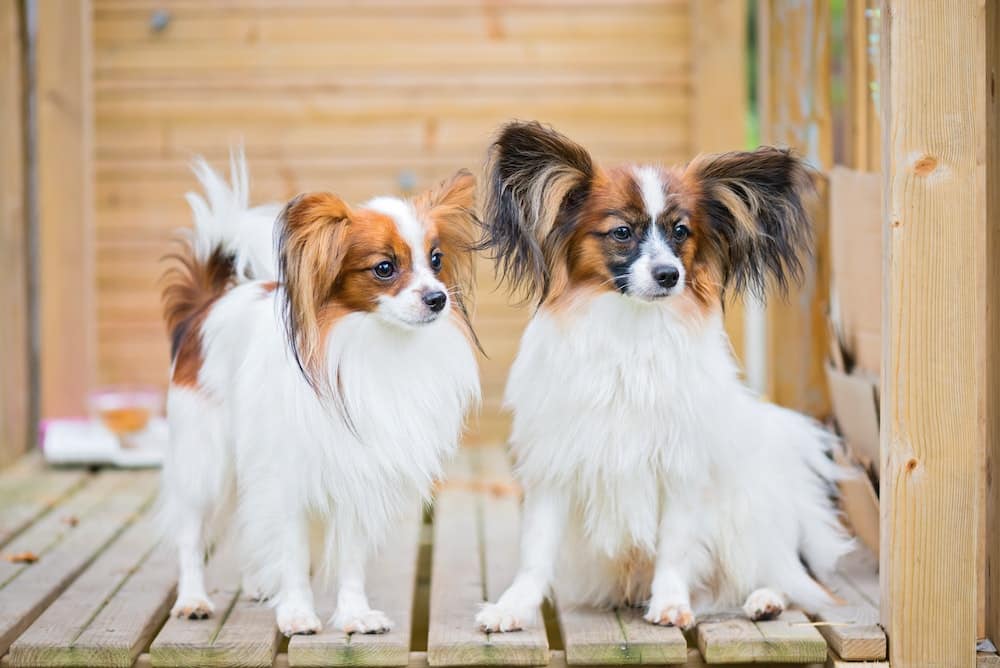How Can You Design a Butterfly Garden That Attracts Local Species?

Creating a butterfly garden is a rewarding endeavor that enhances the beauty of your outdoor space, fosters biodiversity, and contributes to the preservation of nature’s delicate balance. This article will guide you through the process of designing a garden that attracts local butterfly species. It is not merely about aesthetics; it is also about creating a habitat that provides essential sustenance and reproductive opportunities for butterflies.
Understanding the Life Cycle of Butterflies
Before delving into the specifics of garden design, it’s crucial to understand the life cycle of butterflies. This knowledge will help in selecting the right species of plants to suit the needs of all stages of a butterfly’s life span.
Dans le meme genre : How Can You Create a Reflective Garden Space for Yoga and Mindfulness?
Butterflies undergo a four-stage life cycle – from the egg, to the caterpillar (or larva), to the pupa (or chrysalis), and finally to the adult butterfly. Each stage requires different conditions and resources. For instance, adult butterflies feed primarily on nectar, while caterpillars need host plants on which they feed and grow.
Choosing Nectar-Rich Plants
For adult butterflies, the main food source is nectar, a sweet liquid produced by flowers. Hence, a butterfly-friendly garden should be abundant in nectar-rich plants.
A voir aussi : What Are the Most Effective Water Filtration Systems for a Family Household?
Native flowering plants are generally the best choice as they have co-evolved with local butterfly species. By choosing native plants, you are more likely to attract local butterflies and provide them with the nutrients they need to thrive.
Aim for diversity in the types of plants you select. This helps attract a variety of butterfly species. Also, remember to include plants that bloom at different times to ensure a continuous supply of nectar. Butterfly bush, cone-flowers, milkweed, and marigolds are great examples of nectar-rich plants that you can add to your butterfly garden.
Incorporating Host Plants
Not only do butterflies require nectar for sustenance, but they also rely on specific plants, known as host plants, for reproduction. These are the plants on which butterflies lay their eggs and the emerging caterpillars feed.
Different butterfly species have preferences for different host plants. For instance, milkweed is the only host plant for Monarch butterflies, while Swallowtail butterflies favor plants in the carrot family. Incorporating these plants into your garden will increase its appeal to these particular species.
In addition to the species-specific preferences, there are also some host plants that cater to a wide range of butterfly species. Some examples include the dill, parsley, and fennel plants that cater to several species of Swallowtail butterflies.
Ensuring a Butterfly-friendly Environment
Beyond the choice of plants, your garden’s overall environment plays a crucial role in attracting and retaining butterflies. Butterflies, like many other creatures, require water for survival. However, they can’t drink from open water sources.
Instead, they sip water from damp patches of sand or soil, a behavior known as "puddling." Adding a shallow dish filled with moist sand or a mud puddle in a sunny spot can provide an ideal puddling spot.
Furthermore, butterflies need sunny, sheltered spaces to bask in, as they are cold-blooded and require warmth to be active. Therefore, ensure your garden is positioned in a spot that receives plenty of sunlight, is sheltered from strong winds and has various flat surfaces on which butterflies can rest and bask in the sun.
The Role of Garden Maintenance
Finally, the maintenance practices in your garden can significantly affect its ability to attract and host butterflies. Refrain from using pesticides as these chemicals can kill butterflies at all stages of their life cycle.
Instead, adopt organic gardening practices that are not only safe for butterflies but also beneficial for the overall health of your garden. This means allowing some plants to grow tall, letting the leaves pile up in the autumn, and tolerating a certain level of plant damage caused by feeding caterpillars.
In conclusion, designing a butterfly garden that attracts local species involves more than just planting pretty, nectar-rich flowers. It requires an understanding of the life cycle and needs of butterflies, careful plant selection, provision of necessary environmental conditions, and adoption of butterfly-friendly garden maintenance practices. With these in mind, you can create a garden that is a haven for butterflies and a source of joy for you.
Planning the Layout of Your Butterfly Garden
Designing the layout of your butterfly garden is a crucial element in attracting local butterfly species. Careful planning will ensure that butterflies can efficiently navigate through your garden, finding the necessary resources for their survival and reproduction.
The garden should provide both host plants and nectar plants together throughout the space. This is essential as butterflies will not lay eggs on a host plant if there are no nectar sources nearby for their sustenance. Organizing your garden in clusters of the same plant species can facilitate this. Clusters are more visible to butterflies and can attract more species than individual plants scattered throughout the garden.
Consider the heights of your plants. Adult butterflies are attracted to tall, brightly colored flowers that are exposed to the sunlight. On the other hand, caterpillars need lower-growing plants or those with dense foliage for protection. Mixing tall and short plants together in your butterfly garden is a strategic way to meet these needs.
Remember to plan for continuous blooming. This is achieved by selecting a variety of plants that bloom at different times of the year, ensuring a continuous supply of nectar. This will attract butterflies throughout the season and enrich the biodiversity of your garden.
Lastly, consider the visual appeal of your garden. Colorful, fragrant flowers not only attract butterflies but also create a beautiful space that you can enjoy. Popular choices of brilliant and fragrant flowers that attract butterflies include the butterfly bush, butterfly weed, and tiger swallowtail favorites such as lilac and wild cherry.
The Importance of Providing Butterfly Amenities
In addition to plants, your butterfly garden should provide other amenities that are essential for a butterfly-friendly environment. Butterflies need spots where they can rest, warm themselves, and get minerals from the soil.
Creating flat surfaces with large, sun-absorbing stones will offer butterflies a place to bask and raise their body temperature for flight. These can be strategically placed near nectar sources, making it convenient for butterflies to feed after basking.
Butterflies also need mineral salts for their survival which they cannot obtain from nectar. As mentioned earlier, butterflies engage in a behavior called "puddling" where they sip water from damp patches of sand or soil to get these minerals. Therefore, providing a ‘puddling’ station by adding a shallow dish filled with moist sand or creating a small mud puddle in your garden will cater to this need.
If your garden is in a windy area, consider creating windbreaks. Butterflies are delicate and prefer calm conditions. Windbreaks can be in the form of a fence, a row of shrubs, or even a garden wall. These will provide a sheltered environment that is conducive for butterflies.
Conclusion
Designing a butterfly garden that attracts local species requires thoughtful planning and a deep understanding of the needs and life cycle of butterflies. From the selection of native plants and flowers that provide nectar and larval food, to the provision of amenities for rest, basking, and puddling, every detail matters in creating a garden where butterflies will thrive.
Remember, a butterfly-friendly garden is not only about sustaining butterflies but also about creating a lively, colorful, and fragrant sanctuary for you to enjoy. By nurturing a healthy ecosystem that supports a variety of butterfly species, you are contributing to biodiversity and the conservation of these beautiful creatures. Whether you are an amateur gardener or an experienced horticulturist, the joy that a butterfly garden brings is unmatched. So start planning your butterfly garden today!
